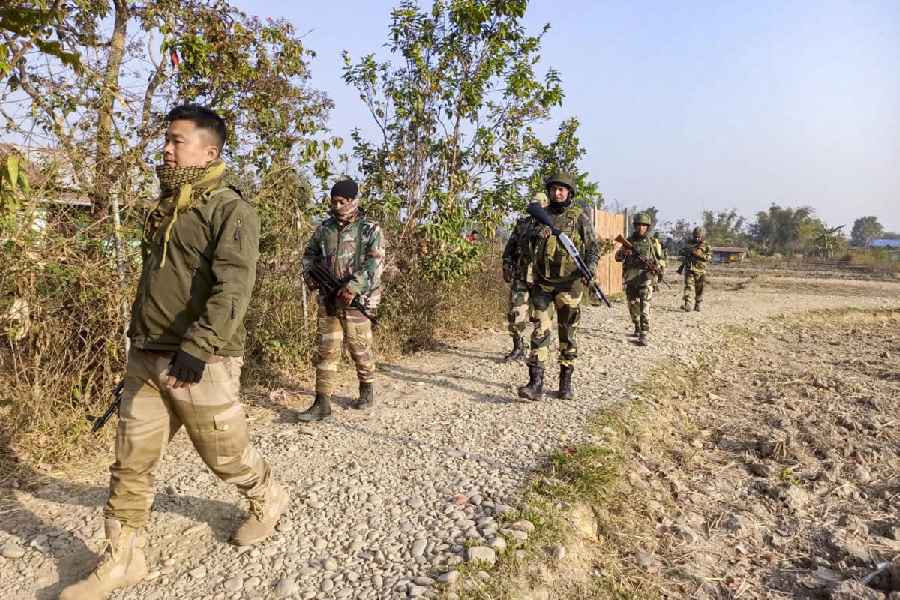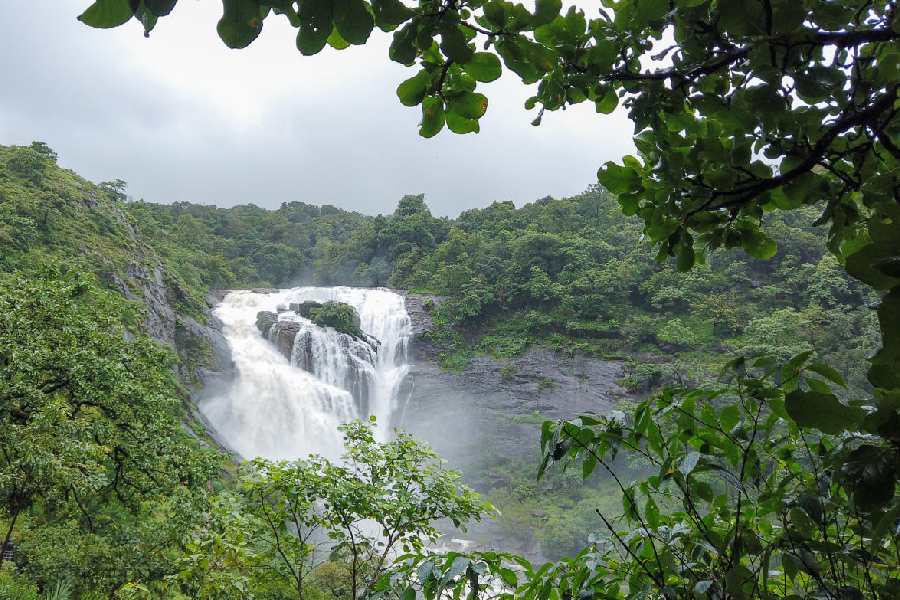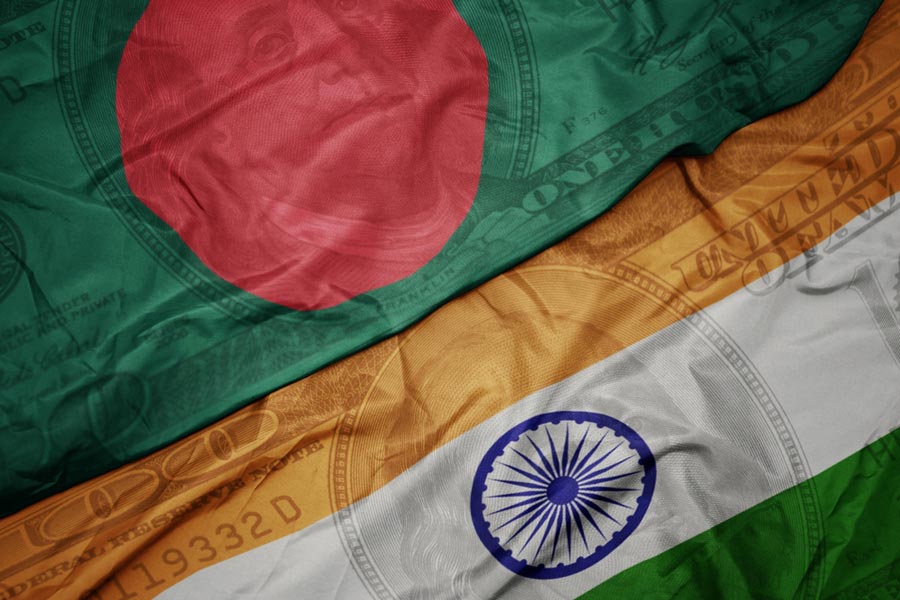
INDIA, CHINA, AND THE WORLD: A CONNECTED HISTORY By Tansen Sen,Oxford, Rs 995
While attempts to categorize a pattern of relationship are often made based on predominant trends present in the relationship, relations between any two countries are always unique, especially when these are shaped by centuries of contact and interactions. The process has its own momentum. As the wider configurations of world politics shift, having their impact on the bilateral relations, perceptions and policy measures adopted at the local levels have an impact on the changing global patterns in turn. Tansen Sen's book provides a fascinating study of relations between India and China and their relations with the regions beyond. While relations between them have been influenced by the patterns of Asian and world history, their bilateral relations have been influencing the patterns of international relations from the ancient days to the present. It is a connected history of not the links between two endpoints but of those across regions, and the circulation of people that has been instrumental in shaping the multi-dimensional relations between the two great civilizations.
Focusing on the 'circulatory connections' comprising the movements of people, objects and ideas, Sen views South Asia-China 'circuit of exchanges' as part of a wider world of Afro-Eurasian connections since the interactions between the two entities were tied with wider intra-Asian links. Different traditions were merged together and different markets were interlinked with long-distance commercial networks. Geographical and technical knowledge was circulated in multiple forms through intermediaries and agencies. Traders, missionaries, pilgrims, scholars, diplomats, and tourists have established over centuries a succession of links and ties that in effect defies simple periodizations, identifying phases of decline and revival of relations at particular points of time. It is obvious that the relations of the past, during the ancient and the medieval periods, have been studied on the basis of the 'civilizational designation' of the entities, when India, for example, was synonymous with South Asia. The nature of present-day relations is marked by the 'political designation' of the two prime actors, leading to greater focus on the bilateral relationship that is necessitated by the requirements of nation-states. Indeed, as Sen argues, formation of territorialized nation-states in the mid-20th century led to contraction of border linkages that had defined and promoted earlier connections. Increasingly, policies focused more on promoting bilateral exchanges under State guidance, often with the support of imagined intimate relations recreated at the official levels.
The 'circulatory connections' that Sen uses to define the nature of India-China ties, project the impression of a connected history. Sen builds his case by referring to episodes and individuals, memoirs and other sources either neglected or not utilized so far. Multi-directional movements and multi-vocational engagements of Indians, Chinese and other Asian peoples brought India and China together in Asia and beyond. Following Sen, over the centuries, Buddhism connected the Asian continent, the traders integrated the Afro-Eurasian zone and the imperial powers and the colonial masters expanded global circulations. The connections thrived till the period of disharmony and bitterness brought in by the geopolitical interests of the Republic of India on one hand and the People's Republic of China on the other. Tibet and the issue of Asian leadership created a discord as the idea of brotherhood made way for suspicion and enmity, sometimes adversely affecting lives of the Indians and the Chinese living in each other's country. In the past, the role of the State was limited in the exchanges and interactions that were primarily inspired by the spread of Buddhism and commercial interests. As geopolitics took precedence, beginning with the expeditions of Zheng He in the 15th century and with more and more imperial powers joining in the fray, the State became overly important. Geopolitical antagonisms led to armed conflicts, and State-guided diplomatic interactions severely constrained connectedness.
Sen is right when he asserts that, as in the past, India-China relations will remain intimately connected with the rest of the world in the foreseeable future. The reader might or might not agree with his suggestions like that of an international arbitration to resolve the boundary disputes instead of bilateral negotiation, but cannot agree more that both the nations have a responsibility to work together towards mitigating challenges emanating from the issues of contemporary global concerns. New multilateral platforms and institutions like the BRICS and the East Asia Summit forum are creating new areas of financial and economic cooperation, as well as collaboration in the fields of education, culture and science. Nevertheless, Sen points to the simmering tension in India over the Chinese Belt and Road Initiative and concludes that the present relationship is the victim of the disconnect of 1962 and, as such, does not support the refrain of a geo-civilizational bonding or the genre of writings that project a 'Chindian' identity (conjoining China and India) as propounded by a section of scholars. Sen, however, avoids detailed discussion on the usual strategic issues and the irritants that plague contemporary bilateral relations, leading to the creation of another term, 'frenemy' (half friend, half enemy), in defining India-China relations. He does not speculate, for that matter, on the role the present political leadership in both the countries might play in re-setting the relations in view of changing world power equations.
The book is rich in information and the erudition is evident. An engaging and enlightening account of the multifaceted relations between two civilizations is presented in lucid prose that creates the foundation for a better understanding of the nature and complexities of evolving India-China ties.










